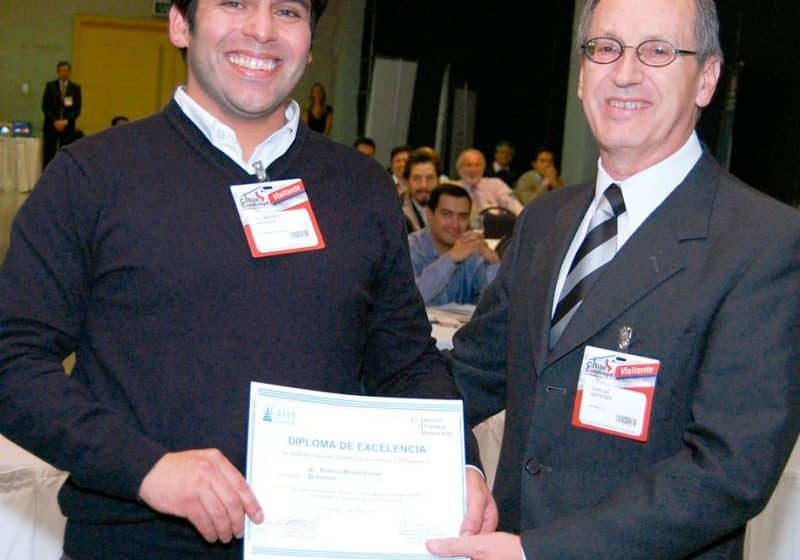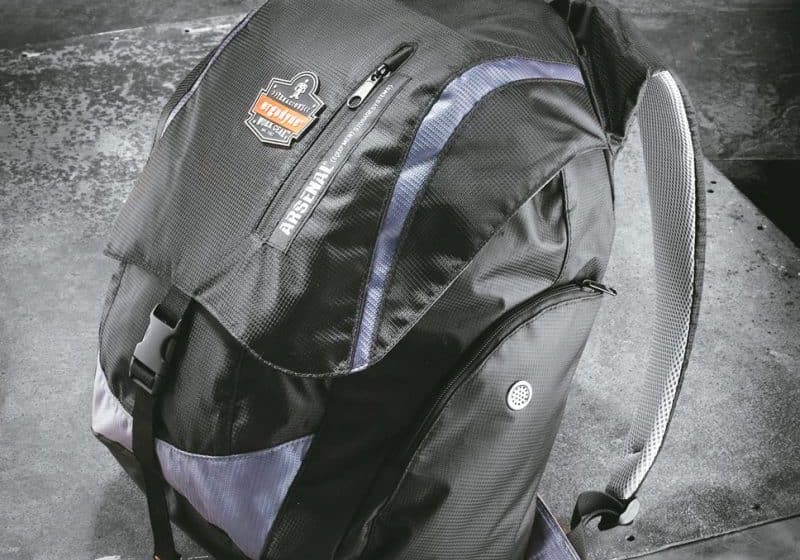Hydraulic elevators are prone to oil leaks. This article examines the ramifications and potential solutions to the problem.
Dirty pits! No, I am not talking about the normal trash that falls through the space between the door sills into the elevator pit. That can easily be cleaned up with a dustpan and broom and disposed of into the nearest trash barrel. I am talking about hydraulic elevators and their dirty little secret – oil-filled; water-and oil-filled; and water-, oil- and trash-filled pits. Every elevator tech-nician, service manager, inspector and consultant is aware of this age-old problem, but their attitude is of silent resignation: “Hydraulic elevators are prone to leak profusely at any given moment and that is the way it has always been.” So, technicians clean the mess and get on with business as usual. But what exactly is “business as usual”?
A service technician makes his routine examination at a building on his route. (Note: more and more service contracts have gone from monthly to quarterly, semiannually or annually. Soon, monthly exams will be a thing of the past.) He opens the hoistway doors and observes gallons (yes, gallons) of oil on the pit floor. “This pit was clean and dry the last time I was here,” he angrily says to himself. He sets about cleaning the mess, soaking up the oil. He then disposes the hazardous waste in the building’s dumpster, while hopefully not tracking oily footprints through-out the building. He leaves pig mats on the pit floor to soak up the rest of the oil residue and adds oil to the tank. He tells the building manager that the problem has been taken care of and will see him on his next visit.
This scenario has been played out by service technicians over and over through the years since the inception of hydraulic elevators. It is not a solution! There is so much talk these days about cleaning up our planet, yet oil has spilled underground for years (and continues to do so) from leaking packings. The Exxon Valdez spill was nothing compared to what our industry has wrought. “But no one can predict when a packing will leak, and there is no solution to this problem that meets code” is some-thing I have heard said all too often over the years.
So, one day I was looking at yet another oily pit, and I thought to my-self, “Where is the first place oil must go before it hits the pit floor? Why, the pit can, of course!” Then I started thinking about how a pit can could be made to prevent oil spills, and having it monitored made perfect sense. After all my years of experience in the elevator trade, it never occurred to me to have a self-monitoring pit can. Imagine a pit can that will tell you when it is near full so a technician can empty it and prevent any more oily pits. How simple! Other functions of the elevator are monitored; why not the pit can? With today’s technology and ecologically friendly ideals, the present practice of ad-dressing oil spills after they happen is archaic and should be illegal.
A monitored pit can is the easiest and best method for oil loss detection on hydraulic elevators in the industry. Building owners are mostly unaware that their elevators could even cause an environmental problem, and their first response is to deny responsibility, because they have service contracts and believe the fault lies with the elevator service companies. That thinking is incorrect. The service company maintains the equipment that is owned by the building owners. Yes, the building owner owns the elevator and is held responsible for all of the elevator’s failings. Just ask those who had to spend thousands of U.S. dollars on elevator-oil contamination cleanup when trying to sell their buildings. Any building owner who can afford a hydraulic elevator can certainly afford to go green and rest easy knowing that he or she bought the first product to virtually guarantee no more oil loss into the ground.
Being an inspector, I designed the Pitcan Plus to meet national elevator codes and requirements. I began the design thinking it had to connect to new and old elevator systems for everyone to be protected. This led to the silent-alarm relay kit, which can mount to existing duct work in the hoistway or machine room and connect to the pit can with a common telephone cord, enabling a quick disconnect at the pit can for easy serviceability. The product is powered by a 12-V rechargeable-battery system that can be charged twice annually or left plugged in, providing 24/7 monitoring. The silent-alarm relay box contains two relays: one is activated by an adjustable float in the can that detects rising oil, and the other by a float outside the can for rising groundwater.
The Pitcan Plus also has an audible alarm for added protection that activates if oil is getting close to spilling over onto the pit floor or for water rising in the pit. The audible alarm feature can be turned off; however, I do not recommend doing so, since it provides backup notification of an impending oil/water situation in the pit. If a customer is concerned about an audible signal, the silent relay box system will alert the service company by activating any silent-notification option the customer chooses.
If you have a Pitcan Plus in your elevator pit, ask your-self, “Where does the oil overflow from a leaky packing go?” You can say with confidence that it does not go into the ground. I hope all hydraulic elevators are soon equipped with a monitored pit can, so we can stop the ongoing practice of oil entering our environment. When it comes to hydraulic elevators, the industry can no longer say that oil spills are the nature of the beast, then go about business as if nothing happened. No longer will sump pumps in elevator pits pump oil into local aquifers and retention ponds, as I have witnessed many times. I am proud to be a part of this solution.
Get more of Elevator World. Sign up for our free e-newsletter.









